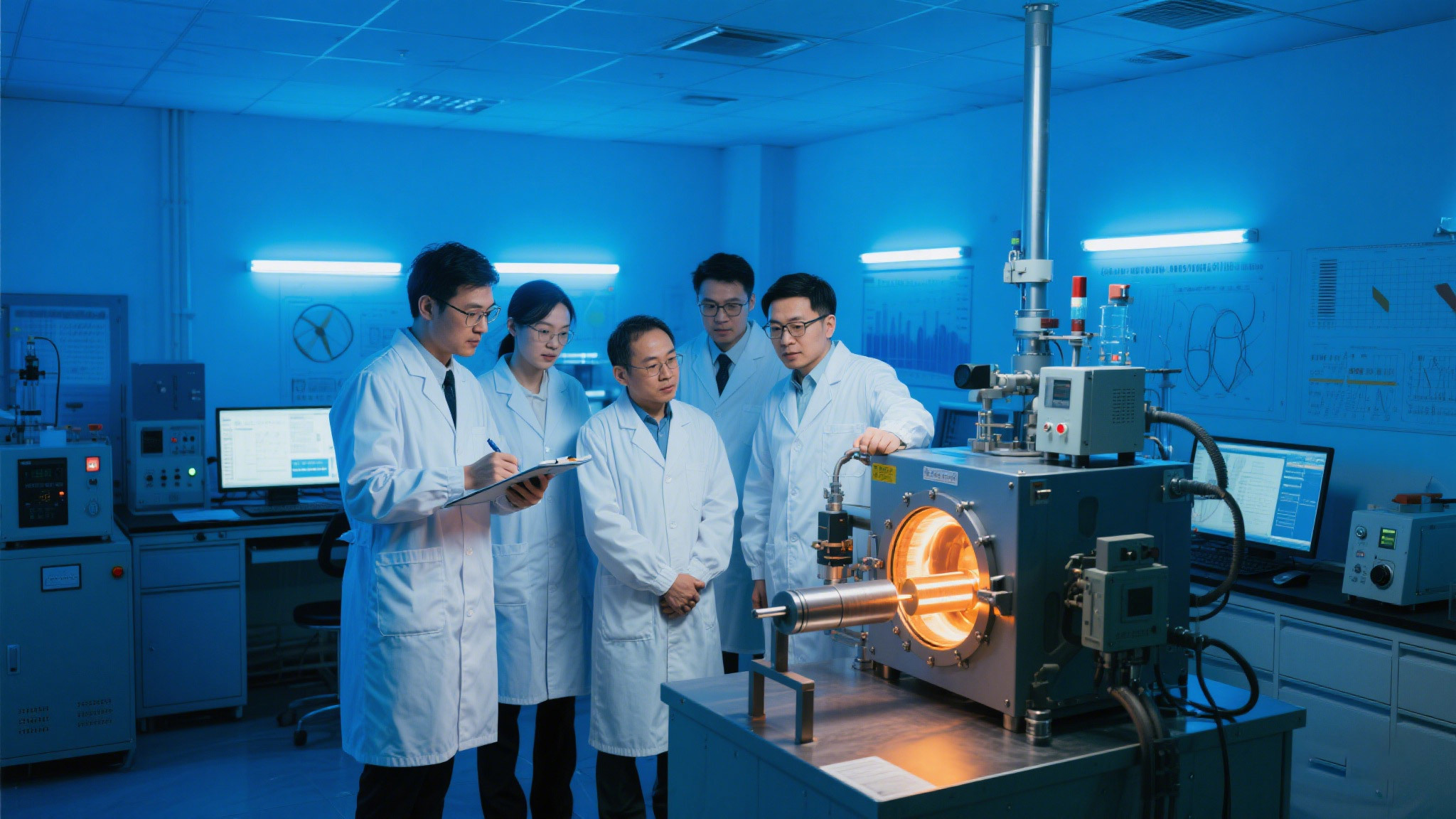High-temperature resistant mechanical parts, opening a new chapter for industrial high-temperature applications
Published Time:
2025-05-27
A machinery company has successfully developed and launched a new type of high-temperature resistant auxiliary machine part, specifically designed for industrial equipment operating in high-temperature environments. This part uses a special high-temperature resistant alloy material, capable of withstanding extreme temperatures up to 800°C, while also possessing good mechanical properties and resistance to thermal fatigue. In actual tests, when this part was applied to equipment in high-temperature industrial fields such as metallurgy and glass manufacturing, it significantly improved the stability and reliability of the equipment under high-temperature conditions. Compared to traditional parts, its service life has been extended by 50%, effectively reducing the frequency of equipment failures and downtime caused by high temperatures, providing strong support for the continuous production of relevant enterprises, and further expanding the application range of auxiliary machine parts in high-temperature industrial scenarios.

High-temperature environments pose a significant challenge to equipment operation in numerous industrial processes. Industries such as metallurgy, glass manufacturing, and ceramics firing, in particular, see equipment operating under high temperatures for extended periods, demanding extremely high temperature resistance from auxiliary components. Traditional auxiliary components often suffer from material softening, deformation, or even damage in high-temperature environments, severely impacting equipment operation and production efficiency. Recognizing this market pain point, the machinery company invested heavily in R&D, successfully launching a new type of auxiliary component with superior high-temperature resistance, providing a new solution for the high-temperature industrial field.
The biggest highlight of this new high-temperature resistant auxiliary component is its use of a special high-temperature resistant alloy material. This material was selected and optimized from numerous materials by the machinery company's R&D team after years of research and testing. It incorporates multiple rare earth metal elements and, through a special smelting and processing technology, possesses outstanding high-temperature characteristics. Even at extreme temperatures of 800°C, it maintains stable physical and mechanical properties without significant softening or deformation. Simultaneously, this material also exhibits good resistance to thermal fatigue, capable of withstanding frequent temperature changes and effectively preventing material fatigue damage caused by thermal expansion and contraction.
In actual application tests, this new component demonstrated significant advantages. On the blast furnace equipment of a large metallurgical enterprise, the traditional auxiliary components previously used needed to be replaced every 2 months on average in high-temperature environments. Frequent replacements not only consumed significant manpower and material resources but also resulted in extended equipment downtime, impacting production schedules. After installing the machinery company's new high-temperature resistant components, equipment operational stability significantly improved, component lifespan extended to over 3 months, and equipment downtime due to high-temperature failures decreased by 40%. Similarly, in the furnace auxiliary system of a glass manufacturing enterprise, the application of the new components also yielded good results. The glass furnace temperature reaches 700-800°C, making it difficult for traditional components to operate stably for extended periods. After the new components were put into use, not only was the continuous and stable operation of the equipment ensured, but the consistency of glass product quality was also improved, with the defect rate decreasing by about 10%.
[X] The head of technology and R&D at the machinery company stated: “We have always been committed to providing industrial enterprises with high-quality auxiliary components that can adapt to various complex working conditions. The successful development of this high-temperature resistant component represents a significant breakthrough in addressing the needs of the high-temperature industrial field. Through continuous optimization of materials and manufacturing processes, we hope to help enterprises solve the problems of equipment operation in high-temperature environments, improve production efficiency, and reduce operating costs.”
With the gradual market promotion of this new high-temperature resistant auxiliary component, more and more high-temperature industrial enterprises are expected to benefit. It not only provides a reliable option for the upgrading and transformation of existing high-temperature equipment but also provides a superior component solution for the design and manufacturing of new equipment, promising to drive improvements in the operational level and production efficiency of the entire high-temperature industrial field and further expand the application boundaries of auxiliary components in high-temperature industrial scenarios.
Related News

